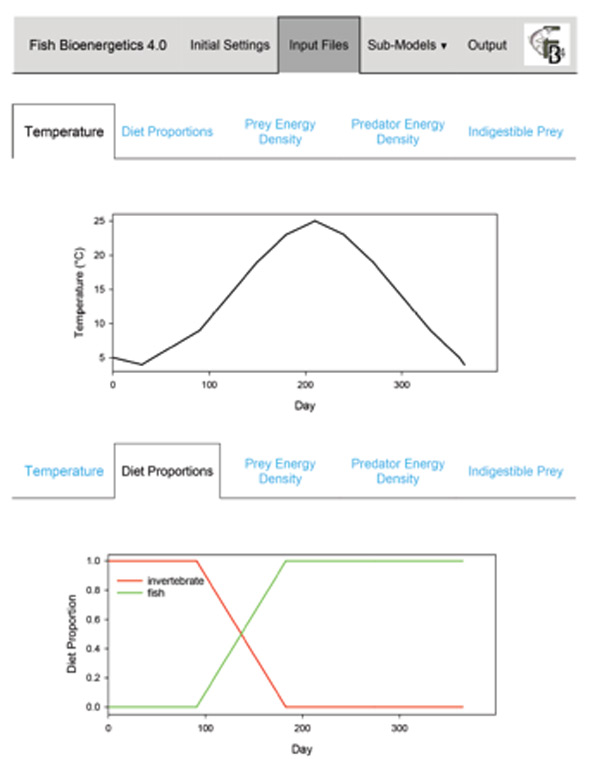
P2: Bioenergetic modelling of fishing strategies on the fish communities of Upper Lake Constance
In addition to the oligotrophication (Baer et al. 2017), the recent substantial increase of the neozoic three-spined stickleback (Gasterosteus aculeatus) in Lake Constance is considered to be the determining factor causing negative effects on growth and abundance of native whitefish (Coregonus spec.) communities (Rösch et al. 2017). Catch yields of fisheries declined after the invasion and are today at historically low levels. Competition for food and direct predation (sticklebacks forage on whitefish larvae) are considered the main driving forces (Roch et al. 2018). However, it is unknown what proportion of available food resources are a) consumed by the three-spined stickleback, or lost due to b) effects of intraspecific competition of whitefish or c) general energy fluxes in the food web. The effects of different management options (smaller mesh sizes, less stocking etc.) on the bioenergetics level are, thus, impossible to assess. However, such data are urgently needed to develop innovative management alternatives, as well as to inform stakeholders around the lake.
Hypotheses
High proportions of food resources are detracted by sticklebacks, resulting – alongside with significant effects on the entire pelagic community – in reduced growth, survival and yield of whitefish.
High intra- and interspecific competition for food curtail population growth of whitefish, resulting in negative density-dependence. Therefore, adapted fisheries management strategies (e.g. stocking measures) increase the amount of food resources available per individual whitefish, thus, improving growth, survival and yield of whitefish.
Approach
Available bioenergetics data of the three-spined stickleback and whitefish populations in Lake Constance, as well as their interaction are processed. Existing fish stock and fisheries models are tested for implementation in the Lake Constance context. A bioenergetics model to investigate the impact of the three-spined stickleback on the pelagic food web and a model assessing the outcome of different fisheries management options are developed.
Goal
- to model energy flow in food webs with emphasis on whitefish and three-spined sticklebacks
- to investigate the effects and outcome of different fishery management practices

Example of temperature (top panel) and diet proportion (bottom panel) input data in the bioenergetics model “Fish Bioenergetics 4.0”
(Figure from David Deslauriers, Steven R. Chipps, James E. Breck, James A. Rice & Charles P. Madenjian (2017): Fish Bioenergetics 4.0: An R-Based Modeling Application, Fisheries, 42:11, 586-596, DOI: 10.1080/03632415.2017.1377558)

Project team
 Dr. J. Tyrell DeWeber – scientist (alumnus)
Dr. J. Tyrell DeWeber – scientist (alumnus)

Picture 1: whitefish, Aquarium Lake Lucerne
Picture 2: whitefish of different energy and size

Fisheries Research Station Baden-Württemberg (Fischereiforschungsstelle Baden-Württemberg, FFS) of the Agricultural Centre for Cattle Farming, Grassland Management, Dairy Farming, Game and Fisheries Baden-Württemberg (LAZBW), Germany





